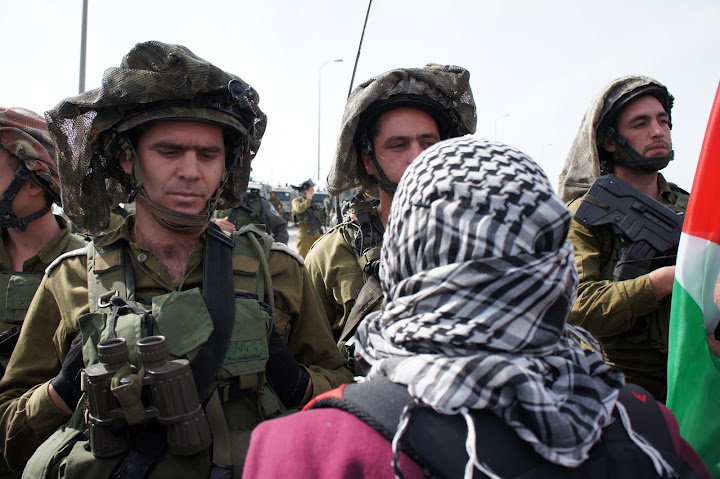Tag: Kafr ad-Dik
-
Note under a rock: “We’re stealing your land”
12th June 2013 | International Solidarity Movement, Nablus Team | Bruqin, Occupied Palestine It was only days after it had been placed that a farmer accidentally found a piece of paper that stated he was no longer the owner of his own land. The undated paper, in Hebrew and Arabic, had been hidden under a…
-
Israeli army demolish houses and wells in Kufr ad Dik
by Aura and Robin 17 April 2012 | International Solidarity Movement, West Bank Early Monday morning the IOF came to Kufr ad-Dik and demolished three houses and three water wells, along with several tents belonging to Bedouin families nearby. Settlements Bruchin, Alei Zahav, and Pedu’el are expanding quickly, claiming more and more Palestinian land and making life…
-
Kufr ad-Dik and Burqin march against boars, pollution, and violence by Israelis
by Jonas Weber 3 February 2012 | International Solidarity Movement, West Bank Burqin and Kufr Ad-Dik face daily obstructions in justice as nearby illegal Zionist settlements encroach on the livelihood of local Palestinians. The villages are surrounded by several hilltop illegal settlements and industrial sites with polluting factories and an army base. “This is a…

